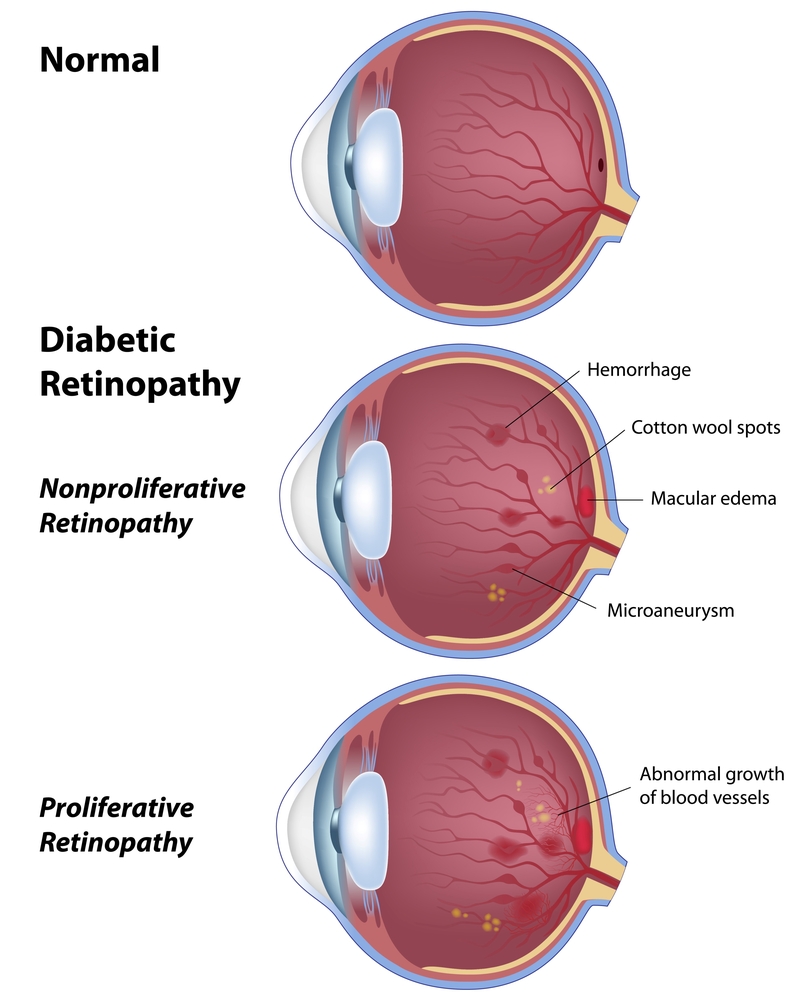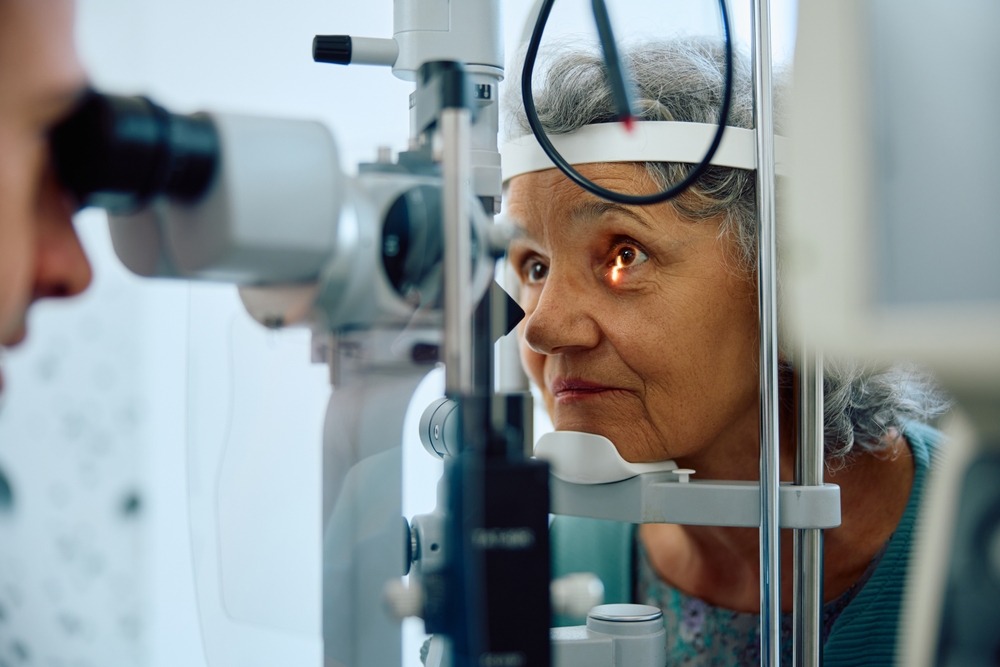If you have diabetes, you must watch several aspects of your health that the condition can impact. Keeping your eyes healthy is one vital aspect of diabetes. That’s why it’s crucial to have a regular diabetic eye exam to monitor and maintain eye health.
If you have diabetes, you’re at a significantly increased risk of developing certain eye conditions. Keeping the health condition managed, including practicing good diabetic eye care, which primarily means regular eye exams, is necessary to maintain good vision, especially as you age and get older.
Keep reading to learn why diabetic eye care is necessary and what it means for your eyes!
Diabetes and Your Vision
When you have diabetes, your body either doesn’t produce enough insulin or doesn’t utilize the insulin your body produces efficiently, depending on what type of diabetes you have. Insulin moves blood sugar, called glucose, from your blood to your cells.
Moving glucose from your blood to your cells is how your cells get needed energy. But when insulin isn’t moving glucose from your blood, it stays in your bloodstream.
Too much glucose in your bloodstream prevents your cells from getting enough energy and affects blood vessels all over your body. The buildup of glucose overwhelms the blood vessels and can damage them and the parts of your body they supply with oxygen.
Your eyes are particularly affected by diabetes because your retina is supplied oxygen by tiny blood vessels. Since these blood vessels are so small, they’re more easily overwhelmed by high glucose levels.
Unfortunately, when these blood vessels damage your retina, it leads to vision loss. Vision loss due to diabetes is irreversible as there’s no way to repair a damaged retina.
However, awareness of diabetic eye conditions and diabetic eye care may be able to preserve your vision before you experience vision loss.
Diabetic Eye Conditions

The primary diabetic eye condition is diabetic retinopathy. Diabetic retinopathy occurs when the blood vessels on your retina grow abnormally, swell, and leak due to high glucose levels.
Over time, these blood vessels can damage the retina as swollen, leaking blood vessels kill cells in the retina as scar tissue forms. However, diabetic retinopathy isn’t the only condition associated with diabetes.
People with diabetes are also at higher risk for glaucoma. Glaucoma is an eye condition that damages the optic nerve.
Like diabetic retinopathy, it develops slowly over time, and when it does cause vision loss, it is irreversible. Most patients with glaucoma don’t realize they have it until irreversible vision loss has already occurred.
The scary thing about glaucoma and diabetic retinopathy is that neither presents symptoms in the early stages of the condition. The first symptoms are the beginnings of vision loss.
However, an eye doctor can detect these eye conditions before they show symptoms. Detecting conditions like glaucoma early is critical in preventing vision loss.
The only way to ensure early detection and early treatment of vision-stealing eye conditions is by scheduling eye exams regularly with your ophthalmologist.
Regularly Scheduled Eye Exams are a Must
While glaucoma and diabetic retinopathy aren’t noticeable to you in the early stages, signs of damage, abnormal blood vessel growth, and high eye pressure (an indication of glaucoma or risk for glaucoma) can be seen and measured by your eye doctor during an eye exam. These early signs of eye conditions can help your eye doctor diagnose you with an eye condition and allow you to receive treatment early.
Since vision loss from these eye conditions is irreversible, early detection and treatment are the best way to preserve your vision. Scheduling eye exams regularly is also the only way to receive a prompt diagnosis.
Lower Your Risk
If you have diabetes, you should have an eye exam to ensure proper diabetic eye care at least once a year. However, your eye doctor at St. Luke’s Eye can recommend the best schedule and how often you should have eye exams based on your risk. A few things put you at higher risk for diabetic eye conditions, including:

- Being over 55
- Poorly managed diabetes
- High blood pressure
- High cholesterol/heart disease
- Having diabetes for a long time
- Being of African, Native American, or Hispanic descent
Although there is no way to guarantee you’ll never develop a diabetic eye condition, you can lower your risk of developing them by keeping your diabetes under control and leading a healthy lifestyle to prevent high cholesterol and high blood pressure. However, certain factors are out of your control, like your ethnicity, age, or how long you have had diabetes.
The best way to lower your risk for vision loss is to do what you can to stay healthy and schedule eye exams regularly with your ophthalmologist.
Treatment for Diabetic Eye Conditions
Although there is no cure for diabetic retinopathy or glaucoma, there are treatments that can manage the conditions to help slow them down and potentially prevent further damage to your vision. For diabetic retinopathy, there are medication injections called anti-VEGF injections that can prevent abnormal blood vessels from forming.
Laser therapies can also remove leaking blood vessels without damaging the retina. There are many treatments for glaucoma, but the primary one is eye drops that lower your eye pressure.

If your glaucoma is more severe, your ophthalmologist may choose to use therapies and surgeries to lower your intraocular pressure. Although there are several ways to manage diabetic eye conditions, these treatments are most effective when used early.
Regularly scheduled eye exams and diabetic eye care are necessary if you have diabetes and want to ensure your eyes stay healthy. Although there’s no way to guarantee vision loss won’t occur, with timely treatment, you can prevent diabetic eye conditions from progressing.
Do you need diabetic eye care? Learn more by scheduling an appointment at St. Luke’s Eye in Clearwater, FL, today!








